Parachains, DOT token, Crowdloans, PoS, Kusama
Hello, Lads & Gals!
Today we will take a look at the Polkadot project. Let’s look at its functionality, at its auctions of parachains, crowd loans, as well as some other nuances that you should know about the project before the final launch and launch of parachains on Polkadot.
First, let’s figure out what Polkadot is, how it will work, and look at its functionality.
Polkadot, in its essence, is a kind of a core, a certain blockchain, on which various other blockchains, which are called parachains, will be built on.
All these separate blockchains will be interconnected with each other, they will be able to exchange information with each other and also their own tokens, i.e. from any blockchain, you can send any token that is launched on the Polkadot blockchain to any other blockchain.
The main point is that the various parachains that will be configured on Polkadot will be interconnected and, accordingly, operate with each other. In addition, Polkadot has its own native DOT token, and it will be used, firstly, to pay for transactions on the Polkadot network, then it will be used for staking (PoS,“Proof of Staking”), to protect the network, and it will also be used to manage the network when implementing updates, and so on. That is, this is a completely utilitarian token and the fate or development of Polkadot will be in the hands of the DOT token holders.

The consensus mechanism or agreement between all network participants that will be used on Polkadot is called NPoS (nominated Proof-of-Stake), this is a modified Proof-of-Stake mechanism, where we stake our coins in order to validate blocks, but validators there will be a limited number, namely 100.
This means that, in theory, anyone can become a block validator. To do this, a person will need to create a “node”, but since there can be only a limited number of active validators at the same time, there will be a certain rating, namely a rating from the top 100, which will have the largest number of tokens that they have locked. And, accordingly, the top 100 nodes will validate blocks and receive rewards.
Ordinary users who do not have such funds or information resources to launch their own “node” so that it gets into the top 100, can also participate in “proof of staking” and also earn some additional tokens from this. These ordinary users will be called simply “Nominators”, and, accordingly, they will be able to “nominate” their tokens in favor of any node in which they believe and trust.
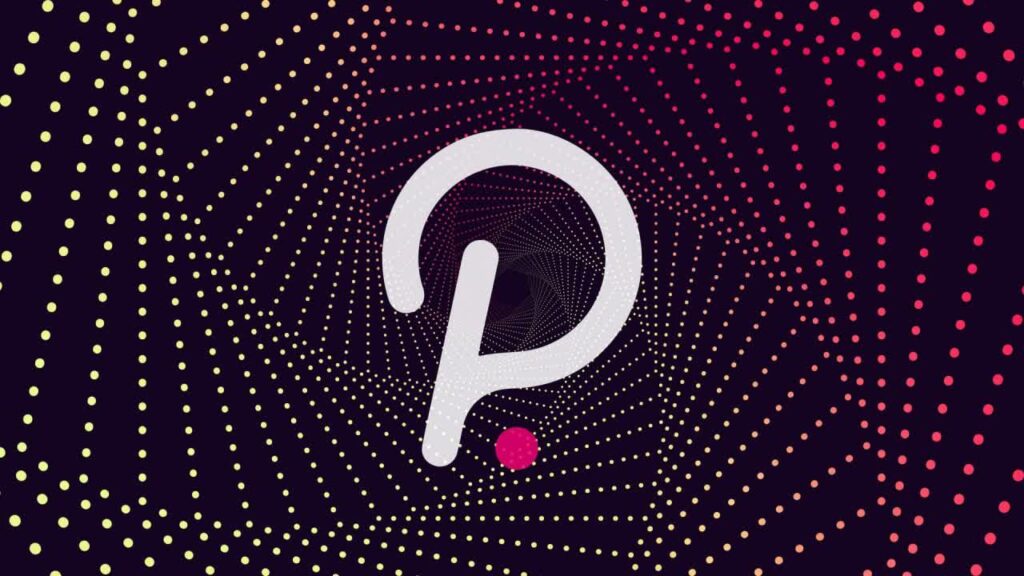
If a simple user or nominator nominates or freezes their tokens in favor of some “node”, this node receives these tokens and increases the total number of tokens, which gives it more advantage in this top-100 ranking.
And for this, people will receive a reward. Now this reward is approximately 13% per year. Therefore as long as we hold our DOT tokens, we’ll be earning either way. It is important to pay attention to the fact that if you want to stake or nominate your tokens in someone else’s favor, then they will have a certain lock period, before which you will not be able to withdraw them. On Polkadot, this period is 28 days (for example, on Kusama this period equals 7 days since Kusama is basically a Polkadot’s experimental network with similar functionality).
Although Polkadot has not been fully launched yet, that is, the main part (parachains) does not work there, but we can already stake our tokens on this Polkadot website, that is, it is like a kind of portal for working with Polkadot, to work with Kusama, and so on.
Now let’s pay more attention to the parachains themselves on Polkadot, let’s see what they can do, their functionality, and then we’ll look at how you can make money from this.
Parachain is some other blockchain that is created by individual developers (not Polkadot developers), that can be built on the main Polkadot network, roughly speaking, be attached to it and work by general consensus, be connected to all other parachains, and so on.
Parachain is the same ordinary blockchain, it is just interconnected with other blockchains. It can have its own token, it can have its own additional staking mechanism or some other validation mechanism. Of course, it can have its own smart contracts, a decentralized application, its own users, and its own liquidity that will work.
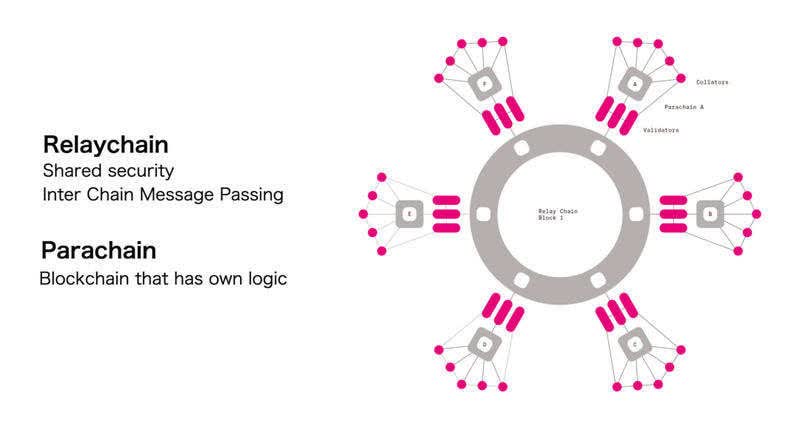
So, the whole separate ecosystem can be built on this parachain, but, again, this parachain is connected to all other parachains. Also, parachains can have the functionality of a bridge between other networks, between other blockchains (like Coin98 “bridge-between-blockchains” network).
In addition to all this, the number of slots or places for parachains is limited here. Accordingly, the Polkadot developers think that here we will have a maximum of 100 parachains that can work simultaneously, namely, be included on the Polkadot network. That is, this is also an important point that should be taken into account that there will be some competition for these parachains.
Now parachains on Polkadot are not yet working, they have not yet launched, and will only be launched at the end of 2021, or at the beginning of 2022.
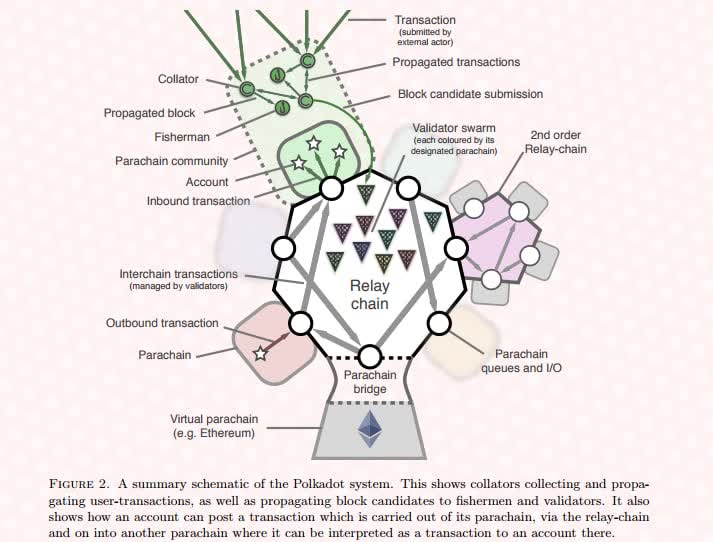
A lot will depend on the market because it will be unprofitable to launch such a cool functionality when the market is at its bottom. However, they are already up and running on Kusama, so in case you’re interested how parachains will work practically, you can check out Kusama.
In total, there are three main ways how you can get on the Polkadot blockchain in order to become a parachain. The first option is “Common Good Parachains”, that is, these are parachains that are created for the “common good”, which bring some kind of benefit. We also have Parachain Crowdloans, Parachain Slots Auction, and also parachains can act as Parathreads.

Let’s take a closer look at what their differences are and what are the possibilities of getting to Polkadot.
Let’s start with Common good Parachains, a parachain that is aimed for the common good. These are non-profit parachains, they do not carry any kind of earning potential. They are made for convenience and more comfortable use in the network, respectively, just so few people will vote for them to implement them in Polkadot, simply because we will not make money from it.
These parachains enter the network only by voting by the holders of the DOT token.
We also have “Parathreads”, these are the same parachains, with the same functionality, but they work as some kind of “travel card”.

If ordinary parachains buy out a slot or receive it in the process of Crowdloans on Polkadot for some long period of time, then “Parathreads” (since they did not win this slot on Polkadot), just pay for their work on the blockchain.
They still get the same rights, the same place in the blockchain, but since they are not constantly on the network (only when they need to do some work), they simply pay extra for certain actions on the blockchain.

The essence of the auction of parachains or “crowd loan” comes down to, as its name suggests, an auction. Here we have a kind of competition between parachains, blockchains, and their developers, for one of them to get a place as a parachain on the main core of the Polkadot blockchain network.
How does the auction work?
There is a certain list of leaders that we can vote for with our tokens.
And that parachain, that blockchain, for which the most coins will vote, that one will get to the Polkadot blockchain. However, it will not get there permanently, it will get there for a period of 3 months to 2 years, depending on the type of auction, and then this place will become vacant again and open for an auction.
By the way, the project can vote for itself, that is, send its own DOT tokens to this “crowd loan” in order to increase its rating, and we can also help it win this “crowd loan” by simply directing our tokens in its favor, and voting for it accordingly. If our parachain, which we voted for, wins in this “crowd loan”, then we are rewarded with its tokens, and this is where the “earning” part starts.
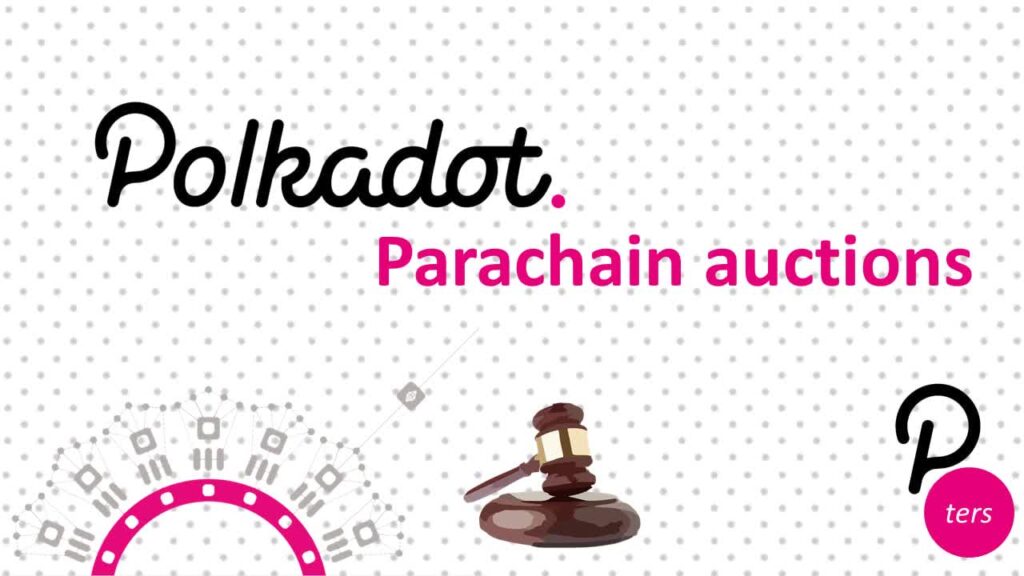
If the parachain, for which we voted, does not win, then all the tokens that we sent in its favor will be returned to us at the end of the crowdfunding.
If the parachain for which we voted wins in the crowd loan process, then the tokens that we sent in favor of it are not written off our balance forever, but only for a limited amount of time during which this parachain will be a working parachain on the Polkadot blockchain, respectively, from 3 months to 2 years.
After the end of this winning period, all the Polkadot tokens that we sent to this project will return to us in the same amount, and not in USD, but in the same amount of tokens.
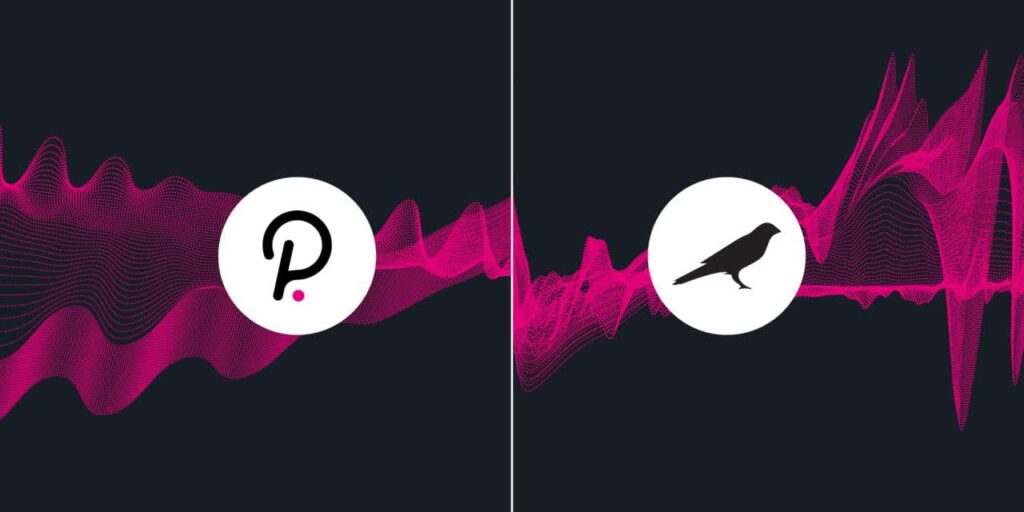
The most basic point is not that tokens are returned to us, but that we can get additional tokens by voting for one or another parachain, or for a particular project. Because, as a rule, all projects, or most of them, reward their users for voting for them, namely with their native tokens, which will also perform some functionality on their parachain when it will be working on “Kusama”.
Sometimes this reward reaches 30% of the total capitalization of the entire supply of tokens, respectively, the rewards can be very juicy, at least, as shown by the example on “Kusama”.
This is exactly the main type of earnings that we will be able to extract from it now, or in the near future when Polkadot will be launched in its full functionality, and this has worked very, very well for “Kusama” previously.
You can view the list that participates in the “crowdfunding” on “Kusama” through this standard site Polkadot.network, this is the main website for “Kusama” and for Polkadot.
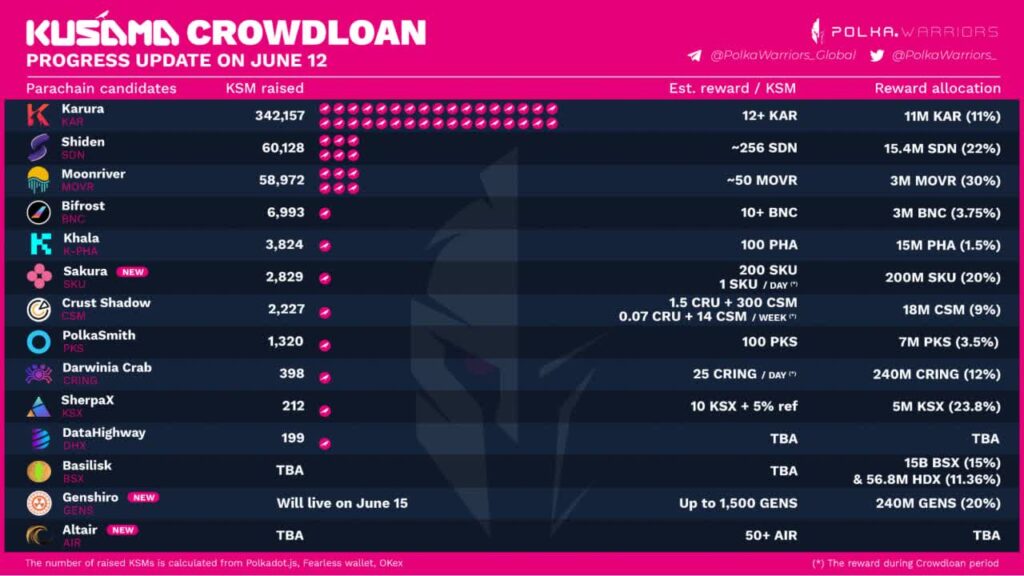
Here (in the “ongoing” section) we can see the list of all the projects currently participating in crowd loan, we can see how many tokens all these projects have accumulated so far, we are able to see which project has a higher winning chance to take over in this or that auction.
Once we gather all necessary information regarding whichever project we’re interested in, we can join it by simply clicking the “homepage” button, which we’ll redirect us to the project’s homepage, where we can join it, by attaching our Metamask wallet (in order to receive our reward) and allocating a certain amount of tokens to the project.
Let’s summarize. Firstly, Polkadot is a blockchain with very fast and very cheap transactions, there is a limited number of validators, and we can vote for these validators with dot tokens and receive a reward for it.
Also, the Polkadot blockchain has functionality that allows other networks (parachains) to be built on the main core of the Polkadot blockchain.
Parachains are full-fledged blockchains, they can have their own staking, their own additional validation mechanism, they can also be configured with separate decentralized applications, they will have their own community, users and have their own liquidity.
And the most important part, besides all this, is that all these parachains and blockchains on Polkadot will be connected (or “interconnected”) by one common core and, accordingly, all these tokens and all information from one parachain can easily go to another parachain, it’s like some kind of base for internet web3.
As for earnings, firstly, we can already stake our Dot tokens into the Proof-of-Stake system on Polkadot (although do not forget that the minimum amount of time after which we can withdraw these tokens is 28 days).
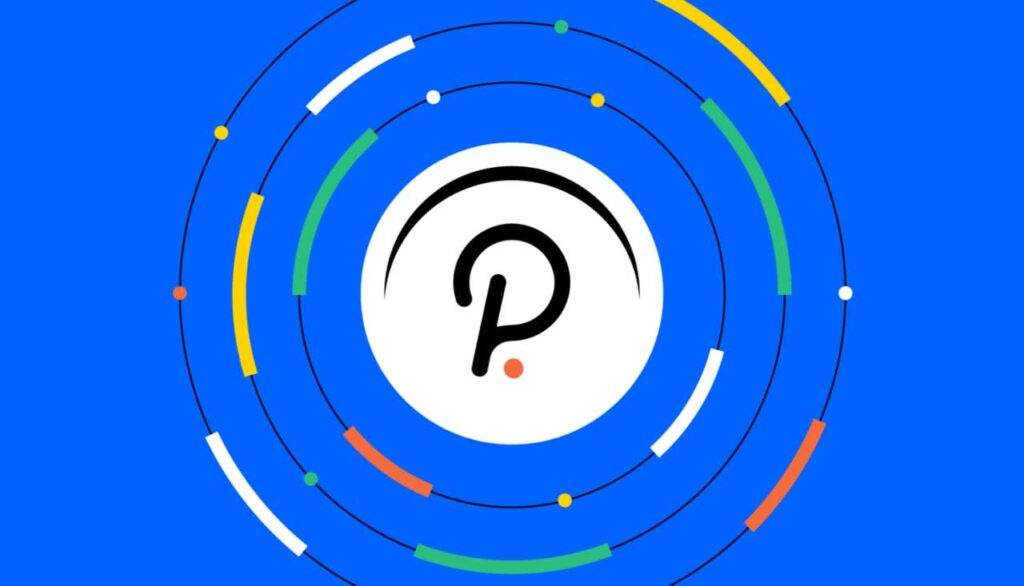
Accordingly, at the moment the interest rate equals around 13% per annum. Not bad if you’re about to hold your Dot tokens either way.
Another option is the parachains and crowd loans on the Polkadot blockchain, which have not yet launched yet (will be launched either at the end of this year or at the beginning of the next), and there we’ll most likely see very good profits.
If you already want to participate, get acquainted with the topic of parachains and crowd loans, then be our guest – “Kusama” is already working, there you can already test all these things.
All tokens on Kusama work, they will always have a certain value, that is, “Kusama” will not be shut down, since this is an “experimental”, not a test network, so all the functionality is already available there.
In general, this is a very promising project. We got acquainted with how this will work even before the release of the project itself, in order to have information in advance, and not to deal with all this on the first day of the project launching.

